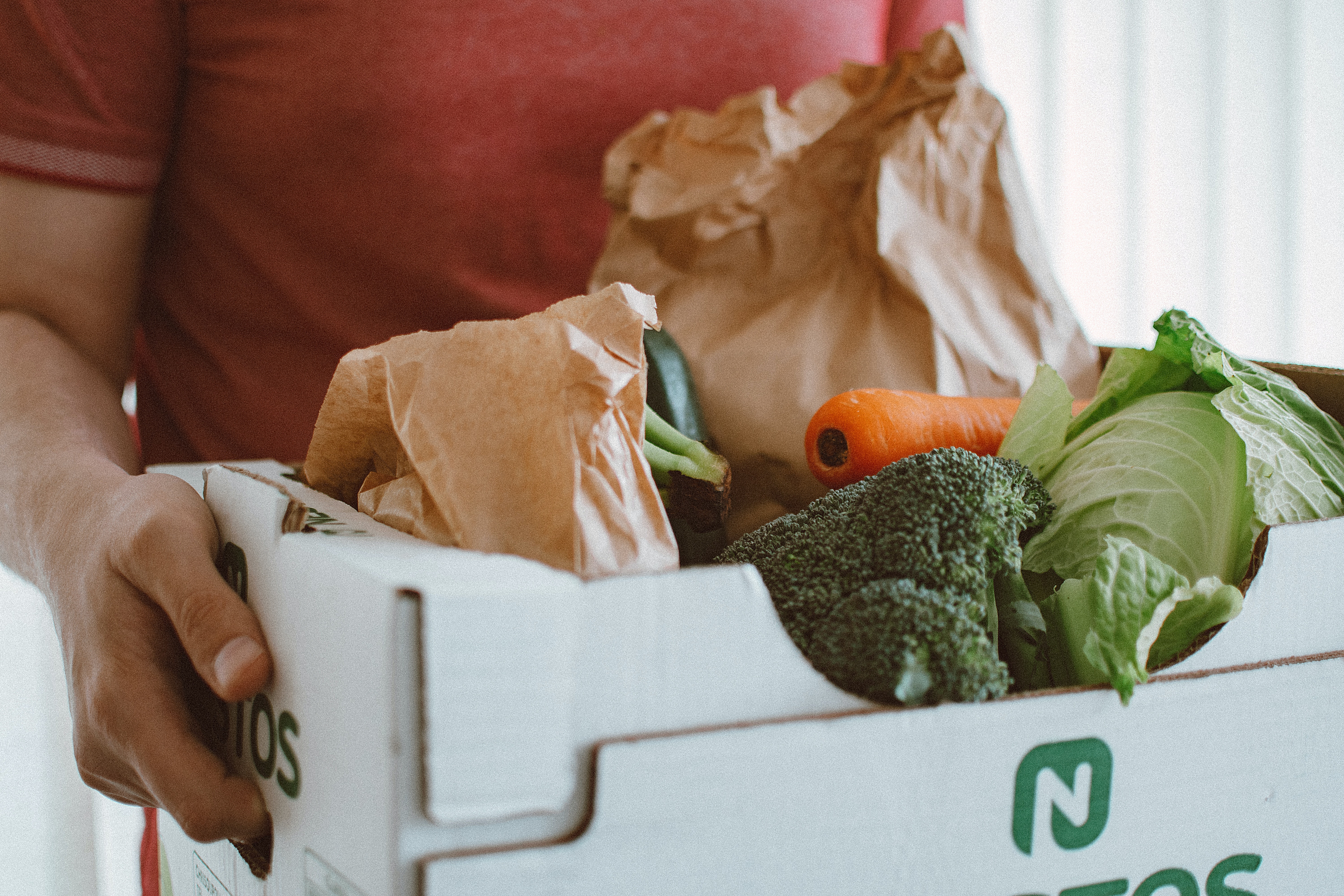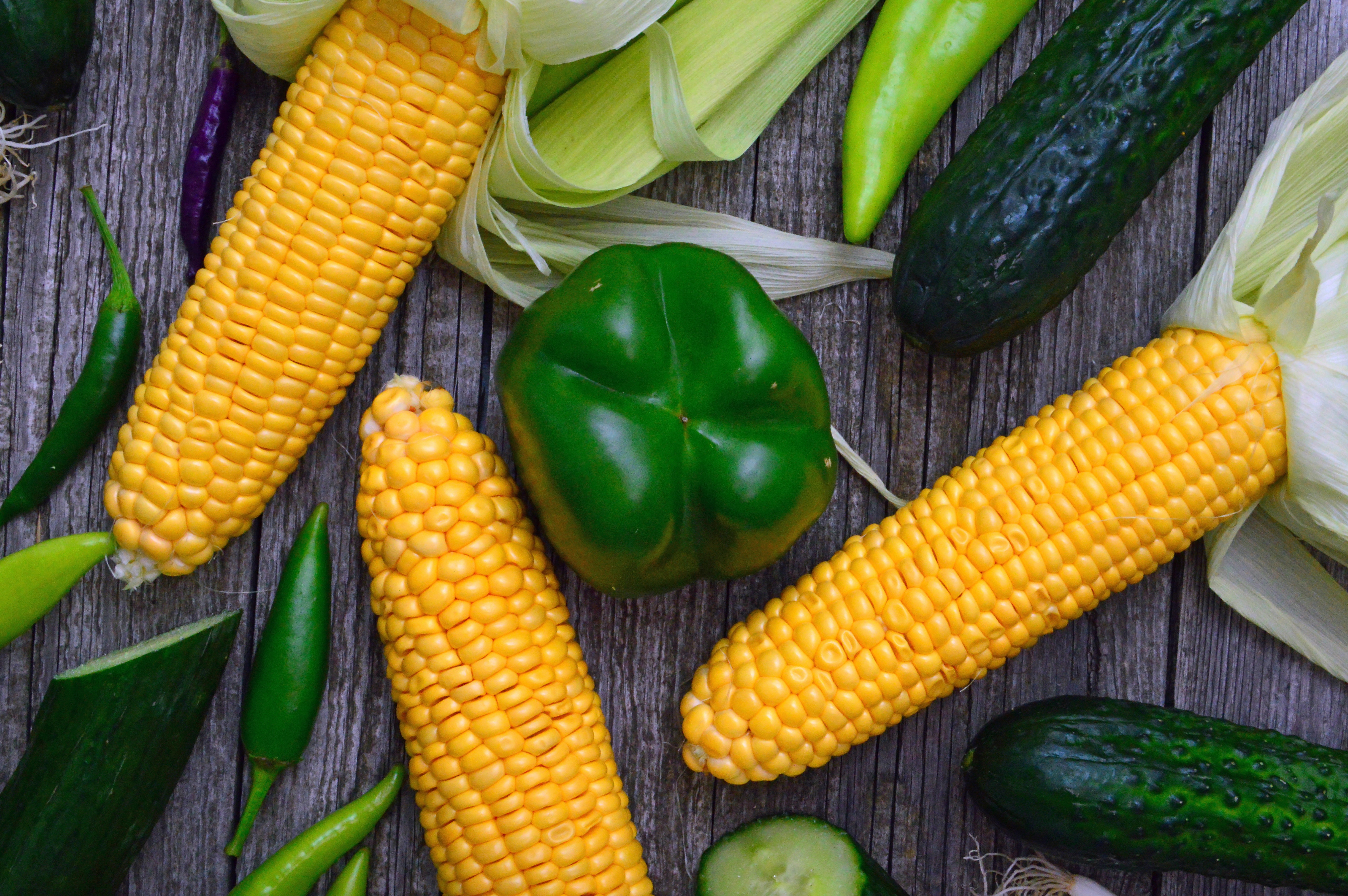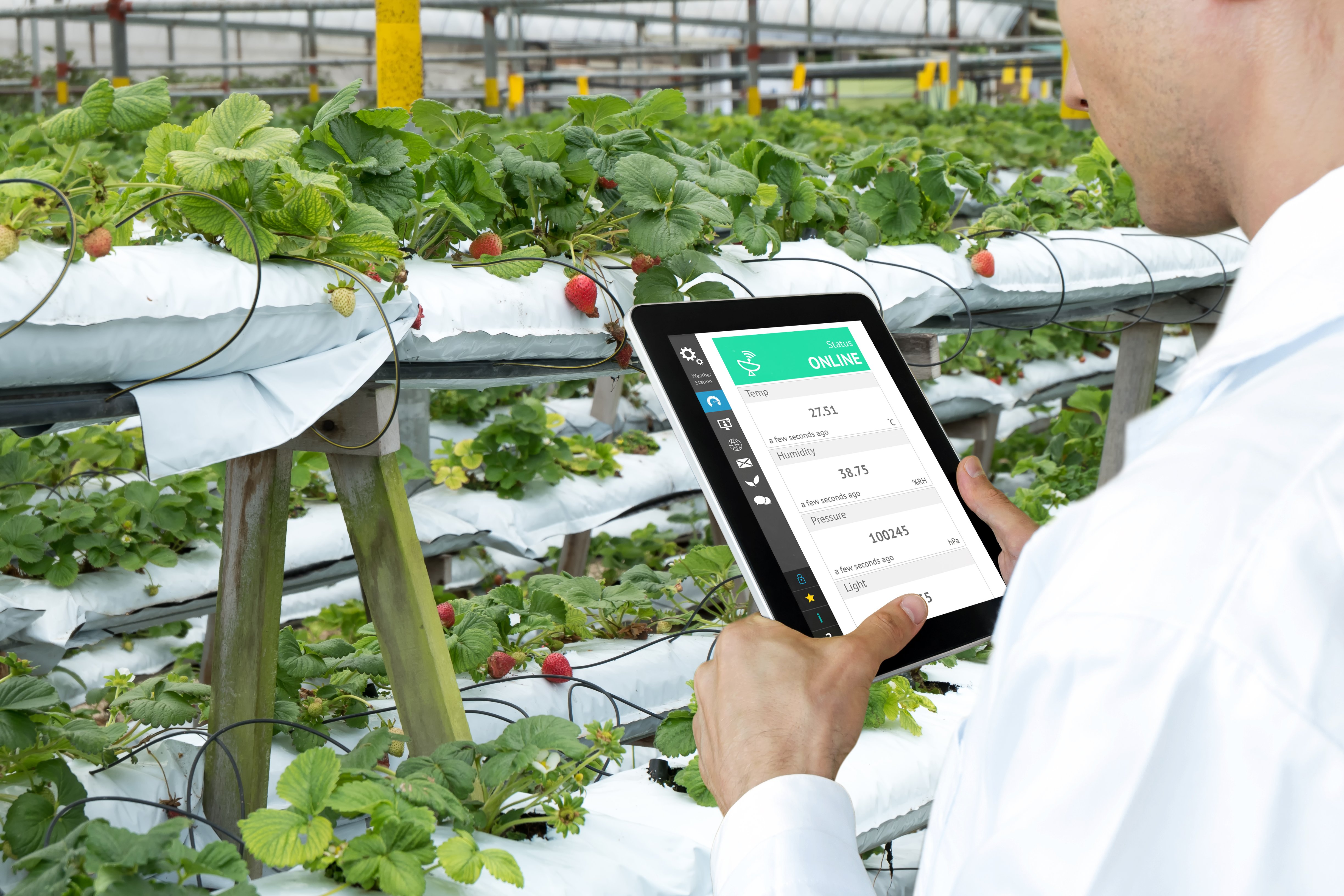From the moment fresh produce is ready for sale (such as fruit or vegetables harvested, animals slaughtered, eggs laid or bread leaves the oven), time starts ticking on its ‘freshness’. This is why fresh produce supply chains must be faster and more efficient than other product supply chains which handle goods that are non-perishable or have much longer shelf lives.
This is where technology comes in. Technology affects the food industry by tackling the following challenges:
- Minimising the time spent in the supply chain
- Ensuring goods are kept in optimum conditions during transit
- Reducing food waste and loss
Minimising the time spent in the supply chain
It’s said fresh produce spends, on average, half its shelf life in transit. In the ideal scenario, there would be no disruptions and produce could travel via the fastest routes and method of transport.
But in reality, the supply chain is susceptible to any number of unforeseeable circumstances such as weather, transport breaking down or labour strikes. These challenges can increase the amount of time the produce spends in transit and potentially impact the sale of produce.
Then there’s all the handling that may occur at set points throughout the supply chain, especially if the produce has to travel across several continents to reach its destination.
However, fresh produce spoils quickly and easily. So, the longer it spends travelling to its destination, the less fresh and lower quality it’ll be on arrival and the less time it has on display (and chance of being sold). In addition, consumers tend to look for produce with the latest sell by or best before dates, so any earlier ones are likely to be overlooked and that can contribute to food waste (which we’ll discuss in a later section).
 Photo by Lisa Fotios from Pexels
Photo by Lisa Fotios from Pexels
Technology can help you:
- Better manage delivery - a delivery management feature ensures you can easily set up routes and manage all aspects involved in produce delivery, from orders and scheduling drivers to picking, loading, choosing the right equipment and more
- Improve traceability - lot tracking/tracing, for example, can help you calculate the ‘days to fresh’, ‘best before’ or ‘sell by’ dates. This means you can better estimate how long the produce can spend in transit and you can use that knowledge to plan for deliveries
- Increase visibility - lot-based selling and settlement features can help boost visibility over what lots, labels, brands and countries of origins are involved. Again, you can use this information to better plan your deliveries, cut out unnecessary touchpoints (such as having crops shipped directly to distribution centres rather than going to pack houses first) and more
Ensuring goods are kept in optimum conditions during transit
Though speed can help assure freshness and quality, it’s not the only factor in play. Temperature control is vital in fresh produce supply chains. Your fresh produce needs to be kept at the optimum temperature as it travels to its destination(s). If you fail to follow guidelines, the risks associated with contamination, or spoiling increase.
When it comes to items intended for consumption, there’s no wiggle room regarding safety. Safety is paramount - no producer, manufacturer, distributor or retailer wants to be involved in a consumer health scare due to poor management of their supply chain.
Then there’s also the need to meet quality standards. Retailers don’t want to be stocking bruised fruit, for example, or produce that’s overly ripe. Likewise, consumers don’t want to purchase produce in that condition.
This is where technology comes in. In addition to ensuring warehouse operatives and drivers have received sufficient training on strict quality control procedures so you can ensure only the highest quality is sent to your customer, temperature control technology can also be used.
Some examples include:
- RFID tags - to record and pass real-time temperature information to the relevant people such as suppliers
- Real-time GPS tracking - to accurately track shipments and give you more visibility
- Solutions that can actively monitor conditions - these can automatically adjust temperatures in case of fluctuations during transit to keep your produce fresh
- Passive monitoring - these provide historical shipment data, improving traceability
Reduce food waste and loss
Food loss and waste are huge challenges and talking points for the food and beverage industry as a whole, not just for fresh produce.
Let’s discuss the differences for a moment. Food loss is where food is lost during the earlier stages of production - such as during harvest, transit or by not following storage best practices. Food waste is when food that’s fit for consumption is thrown away because it’s spoilt, there’s too much of it or it goes past the expiry date.
Both have a detrimental impact on the environment.
 Photo by Adonyi Gábor from Pexels
Photo by Adonyi Gábor from Pexels
For example, more than 10 million tonnes of food is wasted from farm to fork in the UK - waste that’s worth over £20 billion a year. And according to the Food and Agriculture Organisation of the United Nations (FAO), one-third of food produced for global human consumption is either lost or wasted. This amounts to around 1.3 billion tonnes a year.
This is why it’s so important for the food industry to try and reduce food loss and waste. How can we do that? Digital transformation which starts with embracing and investing in technological solutions.
ERP solutions, analytics and business intelligence can increase visibility within your supply chain, so you can develop deeper insights into what’s causing food loss and waste. For example, a combination of Microsoft Dynamics 365 Business Central and PowerBI can help you operationally analyse your processes and identify each stage of the operations to isolate the causes for waste or loss.
You can then regularly monitor trigger points and real-time data to rapidly and accurately determine the right course of action in future.
There are also industry-specific solutions that can allow you to extend the core functionalities of a generic ERP. For instance, Aptean Food and Beverage ERP, a solution that’s designed with the food and beverage industry in mind, offers key features such as:
- Labelling - integrated Automated Data Collection (ADC) allows you to easily create labels even as items are moving around the production floor. You can also track and label products with a country of origin.
- Lot tracking - whether it’s raw material receipts or the sales of lot freshness, forward and backward tracking means you can more accurately calculate the ‘days to fresh’, ‘best before’ and ‘sell by’ dates
- Production scheduling - record and review production data before posting. This ensures raw materials, packaging and any intermediate inventories are allocated accurately and in a timely manner
- Co-product and by-product - easily manage the production and costs of co-products and by-products from one or multiple inputs
- Recipe management - dynamically size batches that revolve around the preferred units of measure, ingredients, process instructions and other values so you can reduce food loss during production

In the fresh produce sector, introducing smart technological solutions can enhance the supply chain. By improving visibility, traceability, analytics, the ability to monitor conditions and more, you can better track food freshness and avoid spoilage. This ultimately enhances your supply chain performance and profit margins.
Discover the steps you need to take to digitally transform your fresh produce business
Digital transformation can do wonders for the industry. But it’s not a simple process. There’s much you need to consider; from the mindset you need to adopt and the tools you must use to the pitfalls to avoid.
Our guide to transforming your fresh food business' supply chain covers everything you need to know. Check it out below.

